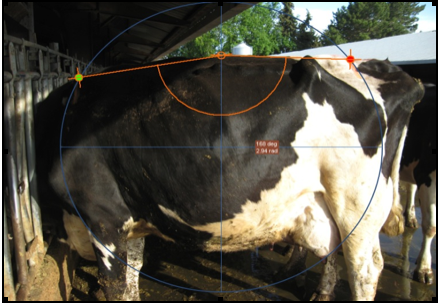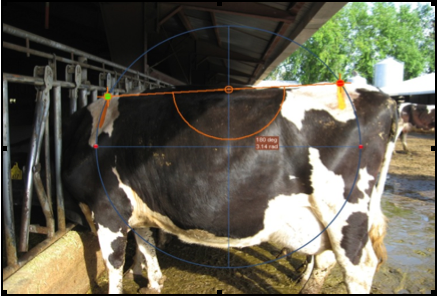Abstract
 Thursday, November 22, 2018 at 05:00PM
Thursday, November 22, 2018 at 05:00PM Hmga2 inactivation suppresses the development of a melanoma phenotype in skin exposed to UVB light
Elizabeth S. Lavin, Leanne R. Donahue, Hyeongsun Moon, Luye An, Andrew C. White
College of Veterinary Medicine, Cornell University, Ithaca, NY 14853, USA (Elizabeth Lavin), Department of Biomedical Sciences, Cornell University, Ithaca, NY 14853, USA
Hmga2 is an architectural chromatin-remodeling factor that is upregulated in many cancers, including melanoma. Previous findings suggest that Hmga2 inactivation may prevent ultraviolet B (UVB)-mediated melanoma development, potentially through changes in inflammatory infiltration. Using murine models, we investigate the role of Hmga2 in skin exposed to UVB radiation to characterize environmental changes in Hmga2 -/- skin that may inhibit early melanomagenesis. We demonstrate that moderate acanthosis occurs in wild type skin within three days following UVB exposure, and loss of Hmga2 significantly attenuates this phenotype. Specifically, time course experiments demonstrate that expansion of the basal Keratin 5 (K5) and suprabasal Keratin 10 (K10) epidermal populations are markedly reduced in Hmga2-/- skin. These findings delineate the role of Hmga2 in modifying the cutaneous microenvironment in response to UVB exposure and in early melanoma formation.
Research Grant: NIH Training Grant
Student Support: Veterinary Investigators Program, Cornell University College of Veterinary Medicine
This abstract was submitted by Elizabeth Lavin from Cornell University. Thanks, Elizabeth!
 abstract in
abstract in  Cases/Abstracts,
Cases/Abstracts,  News
News 




